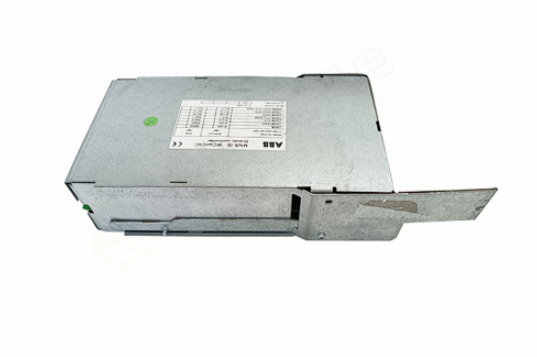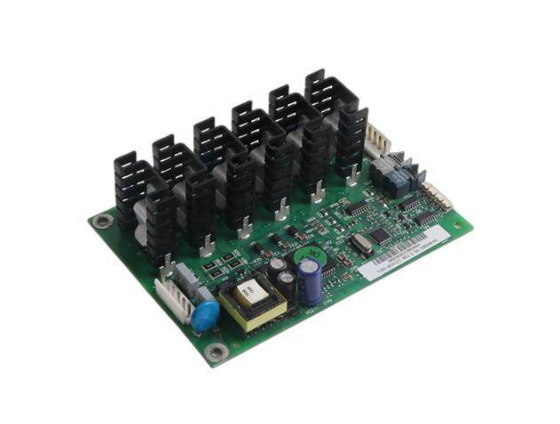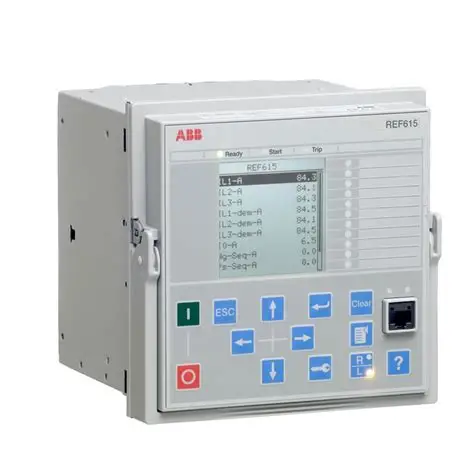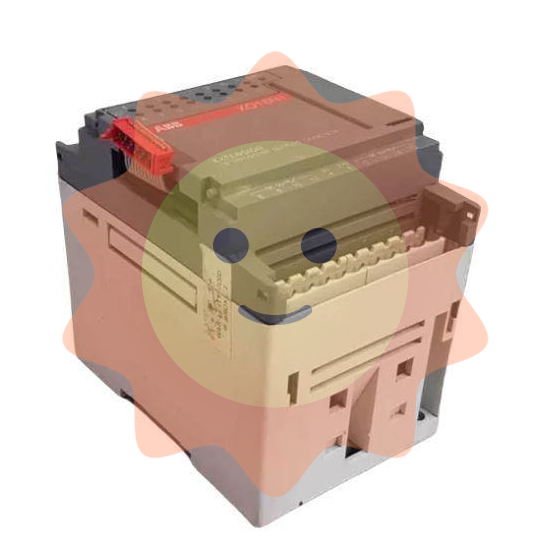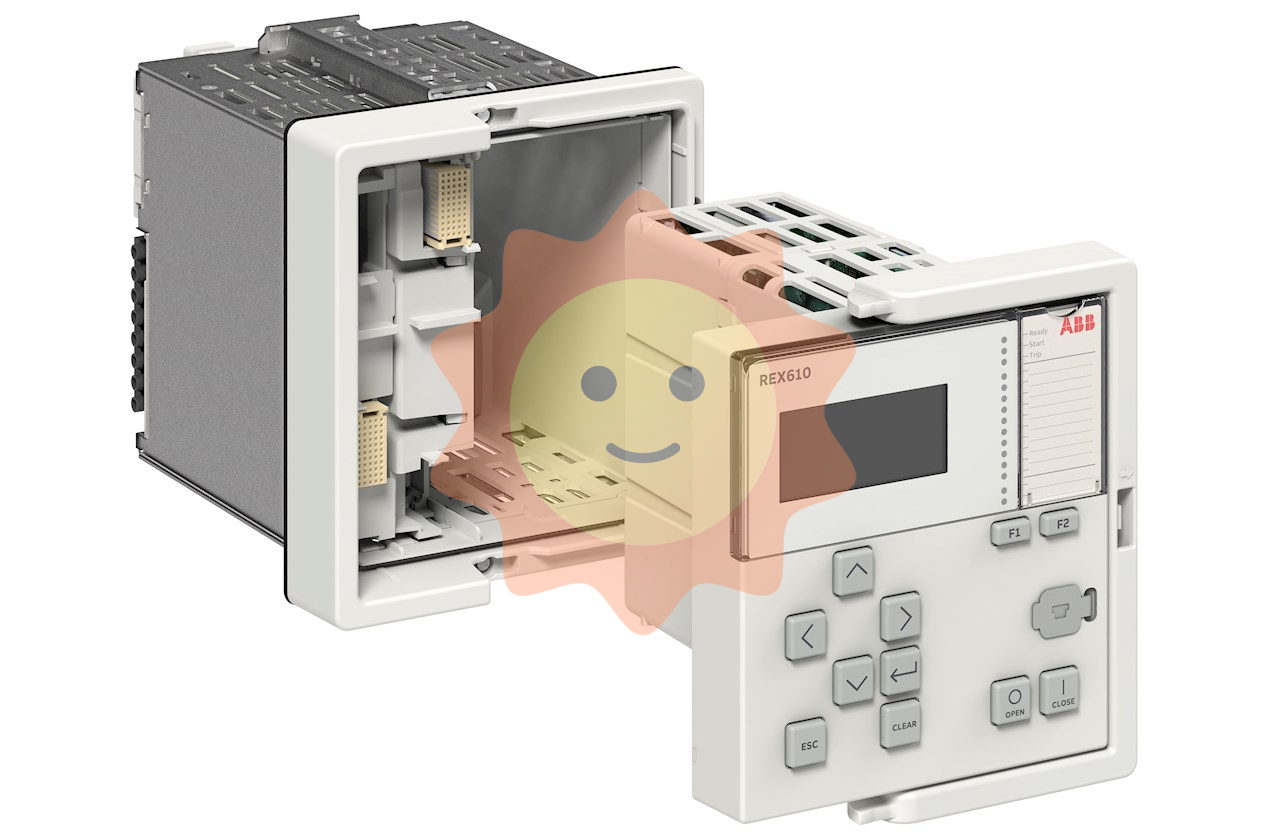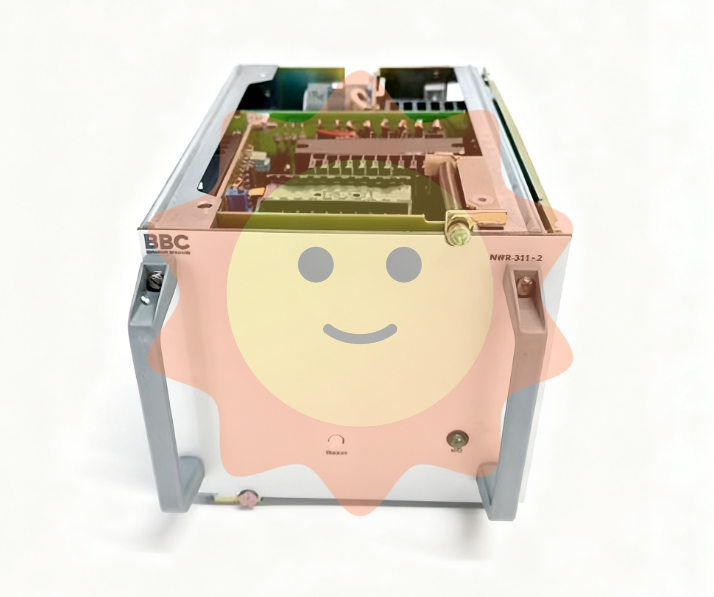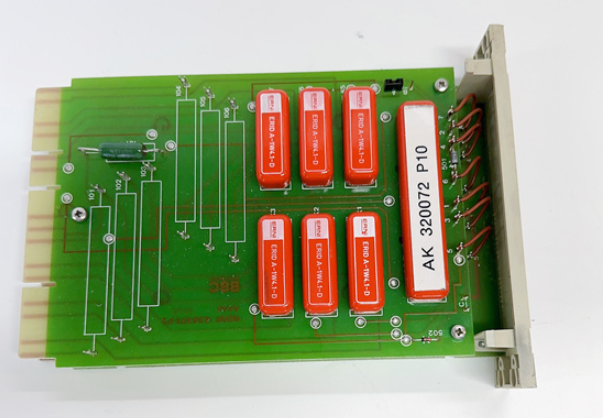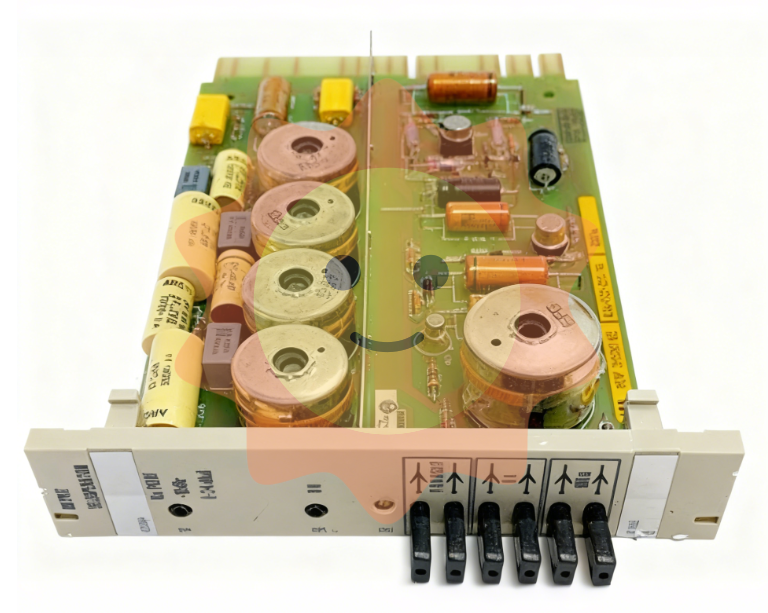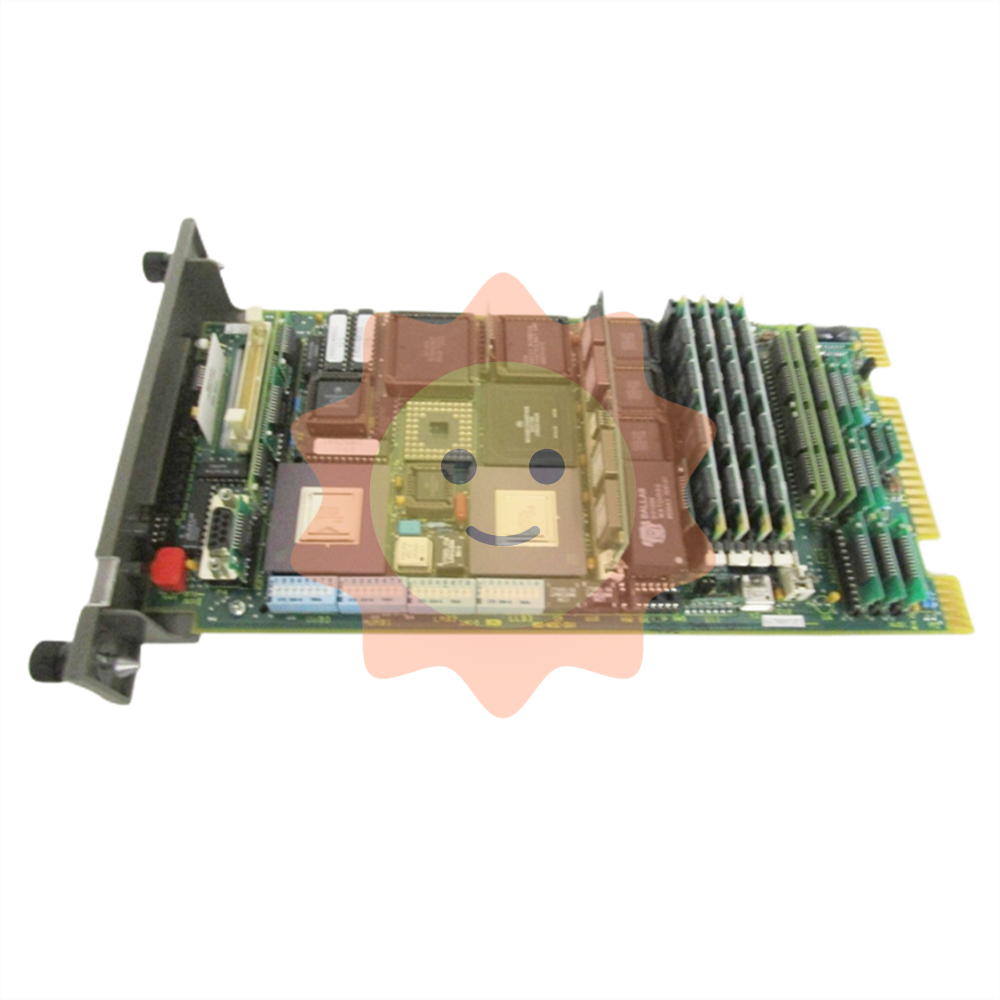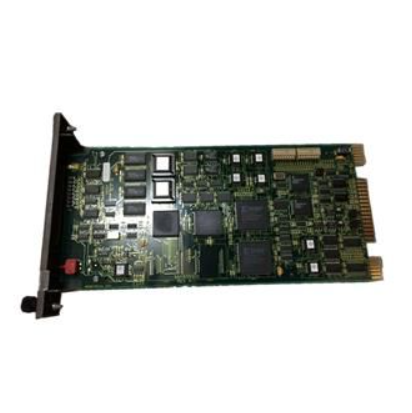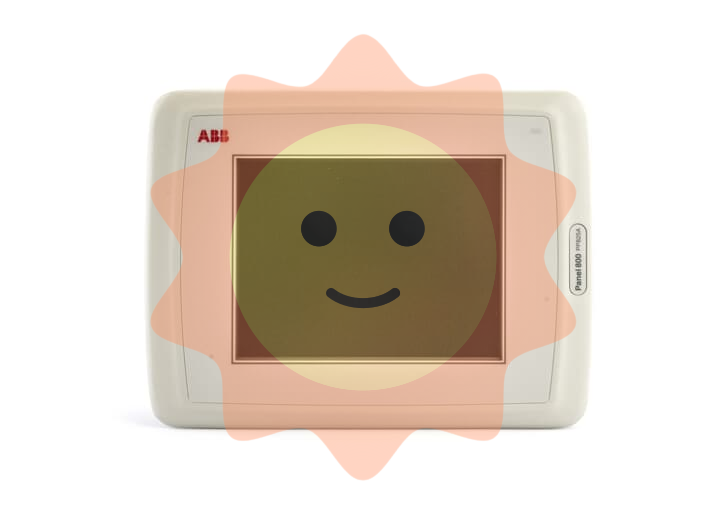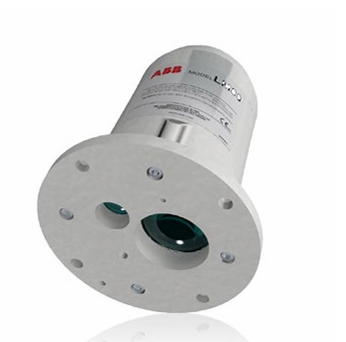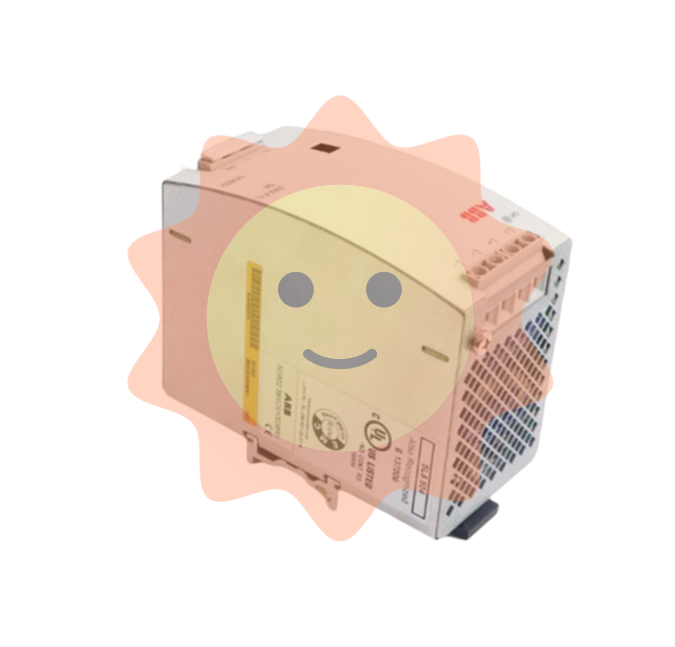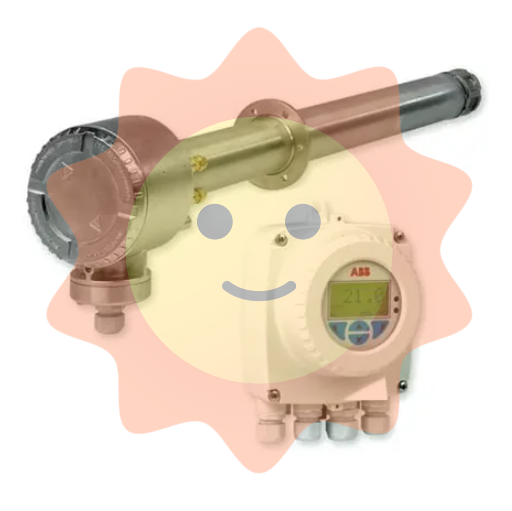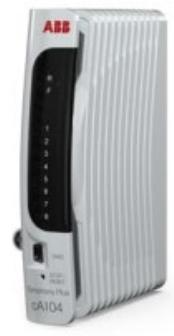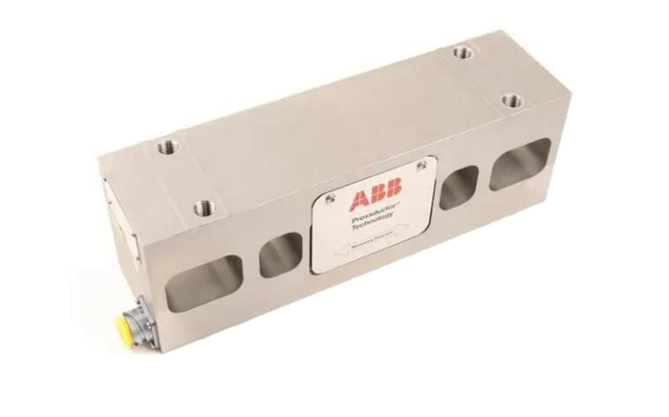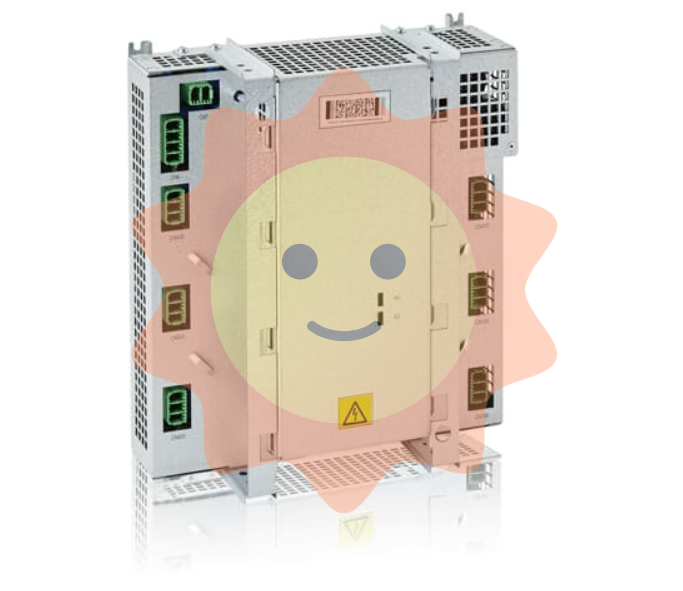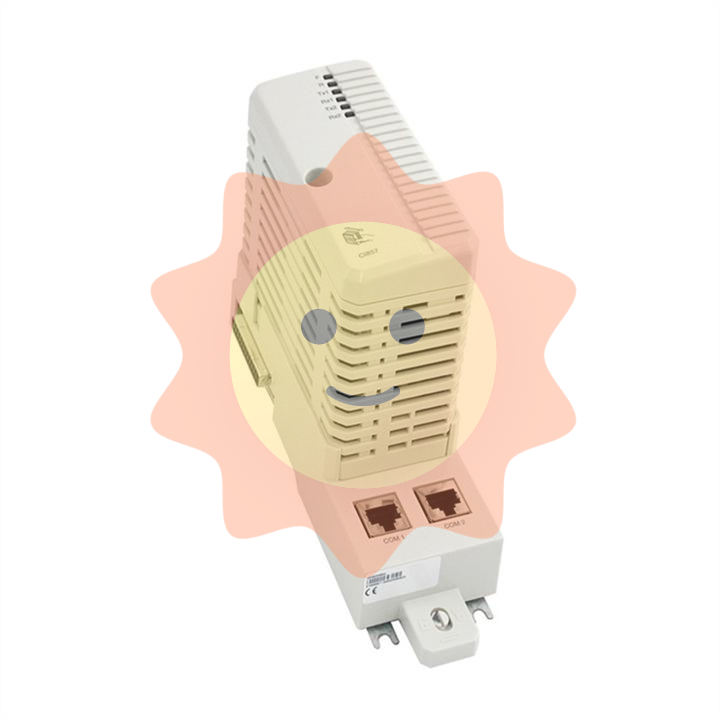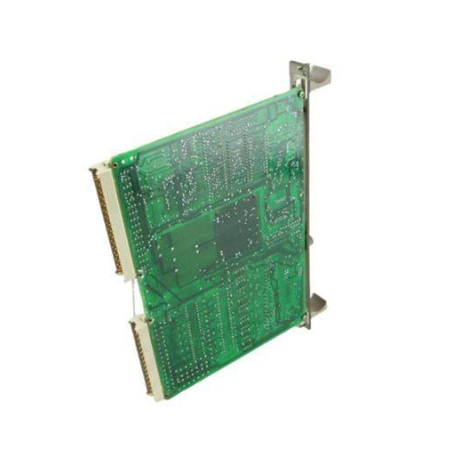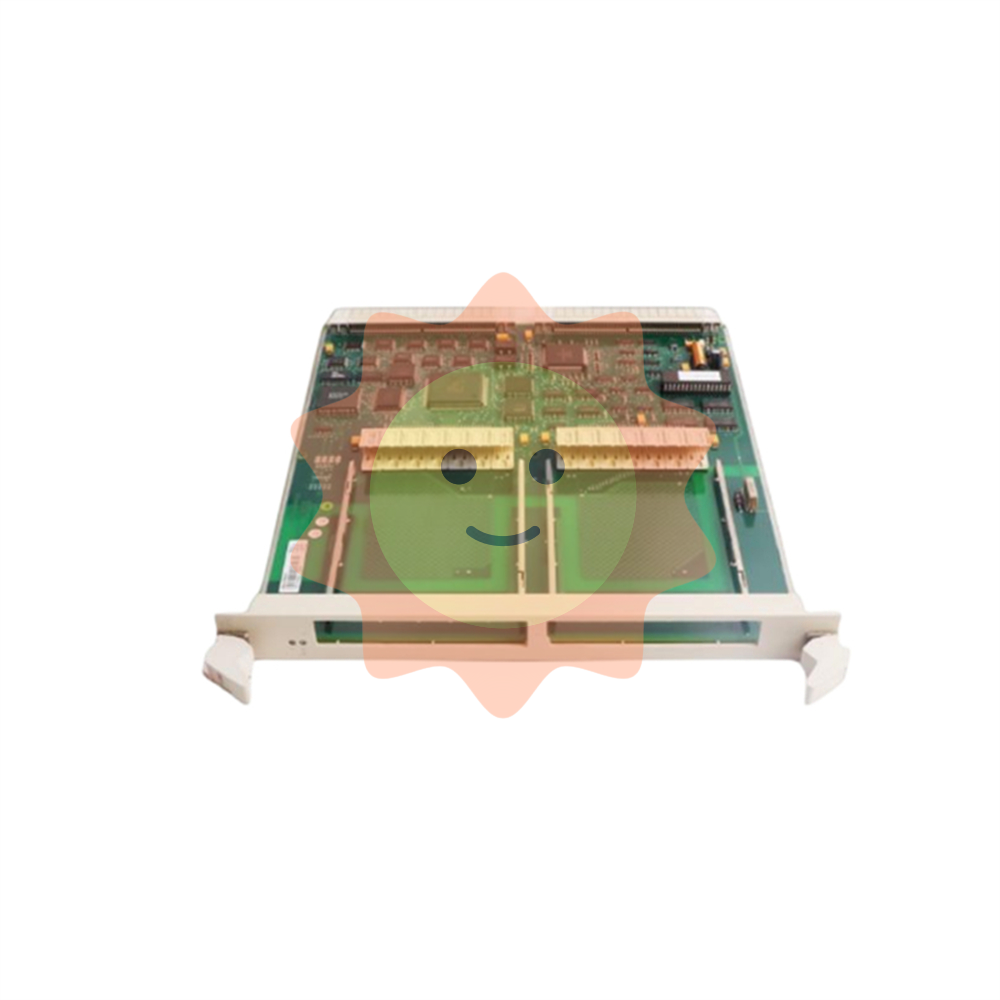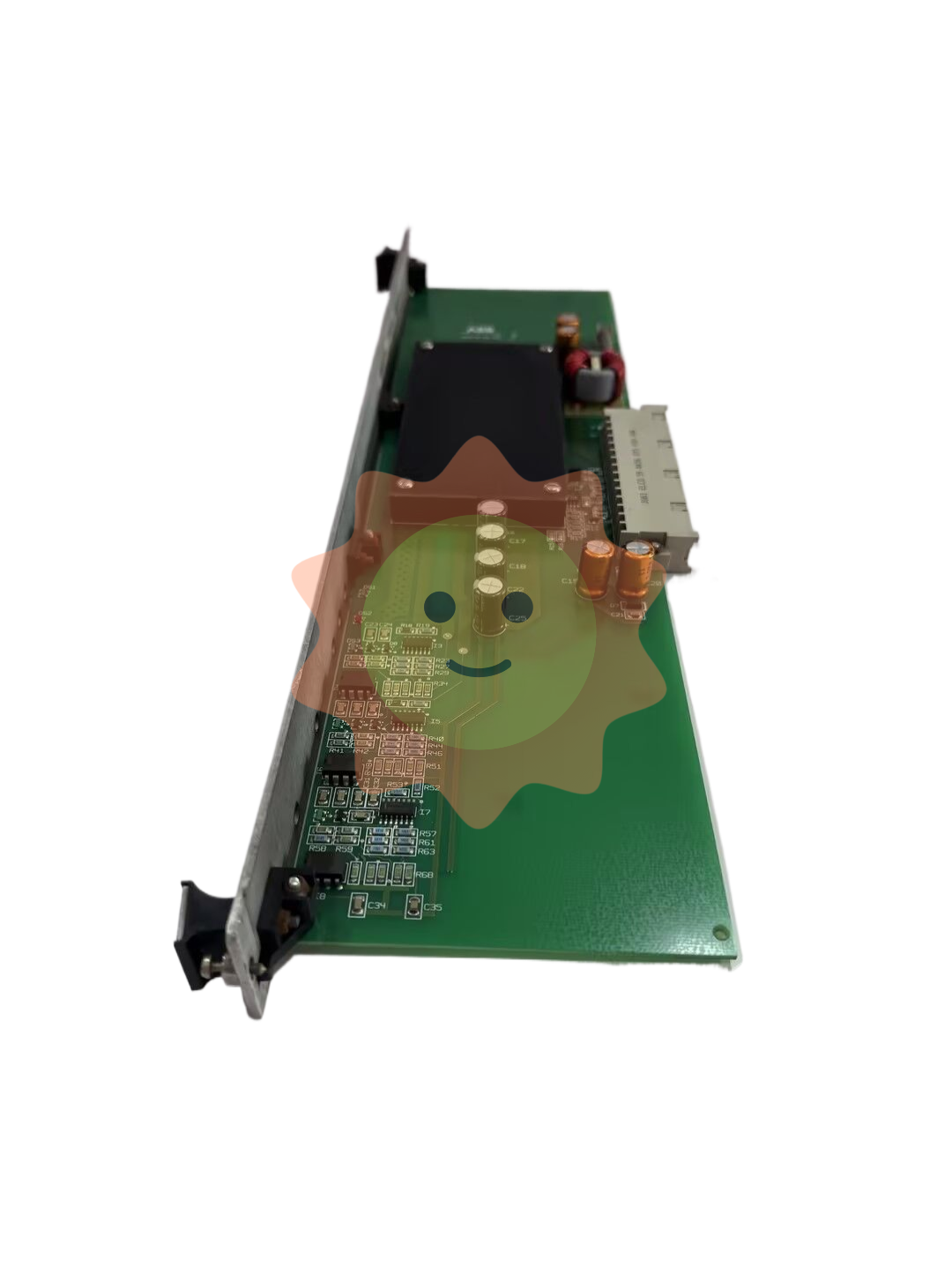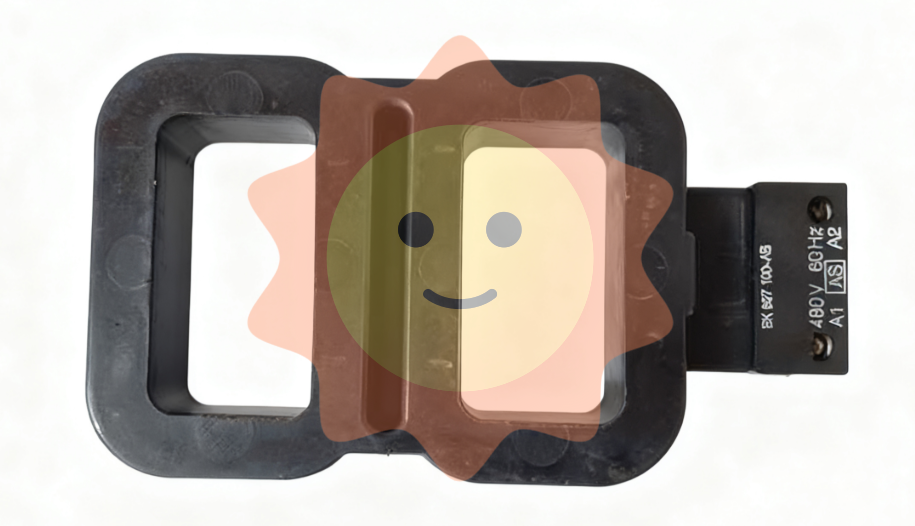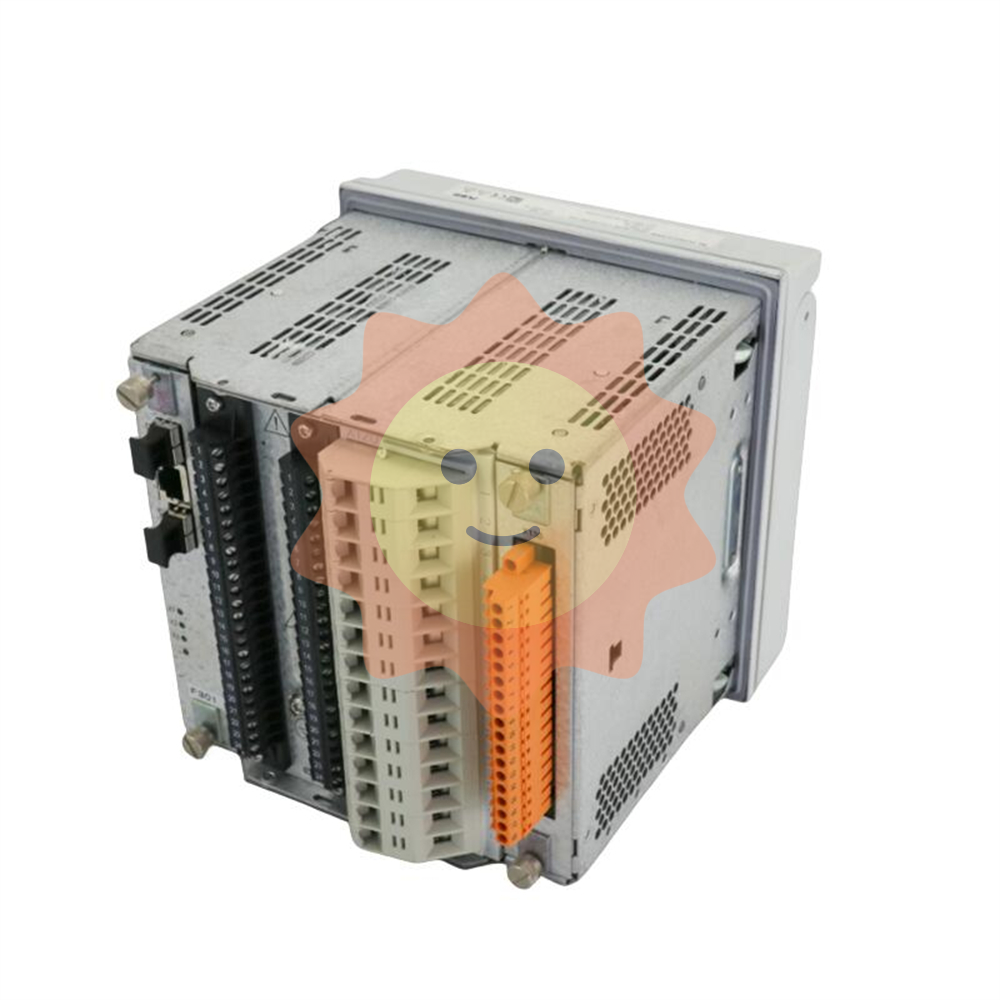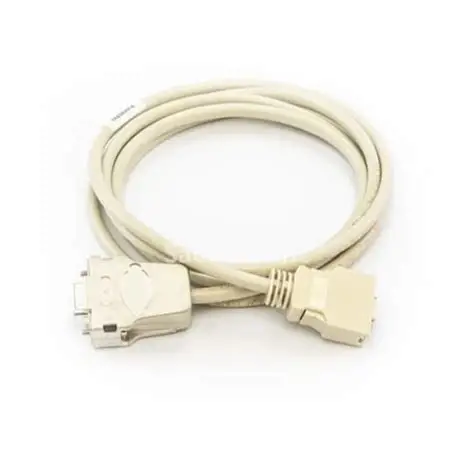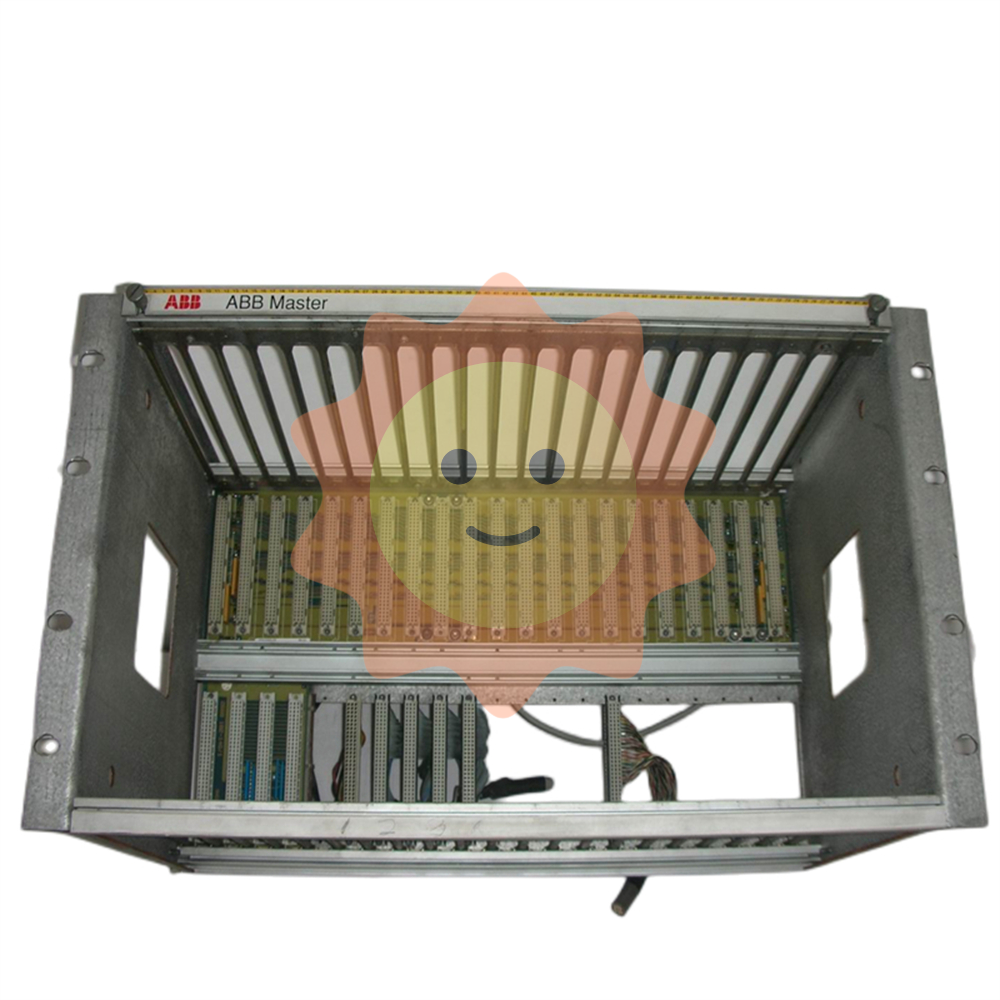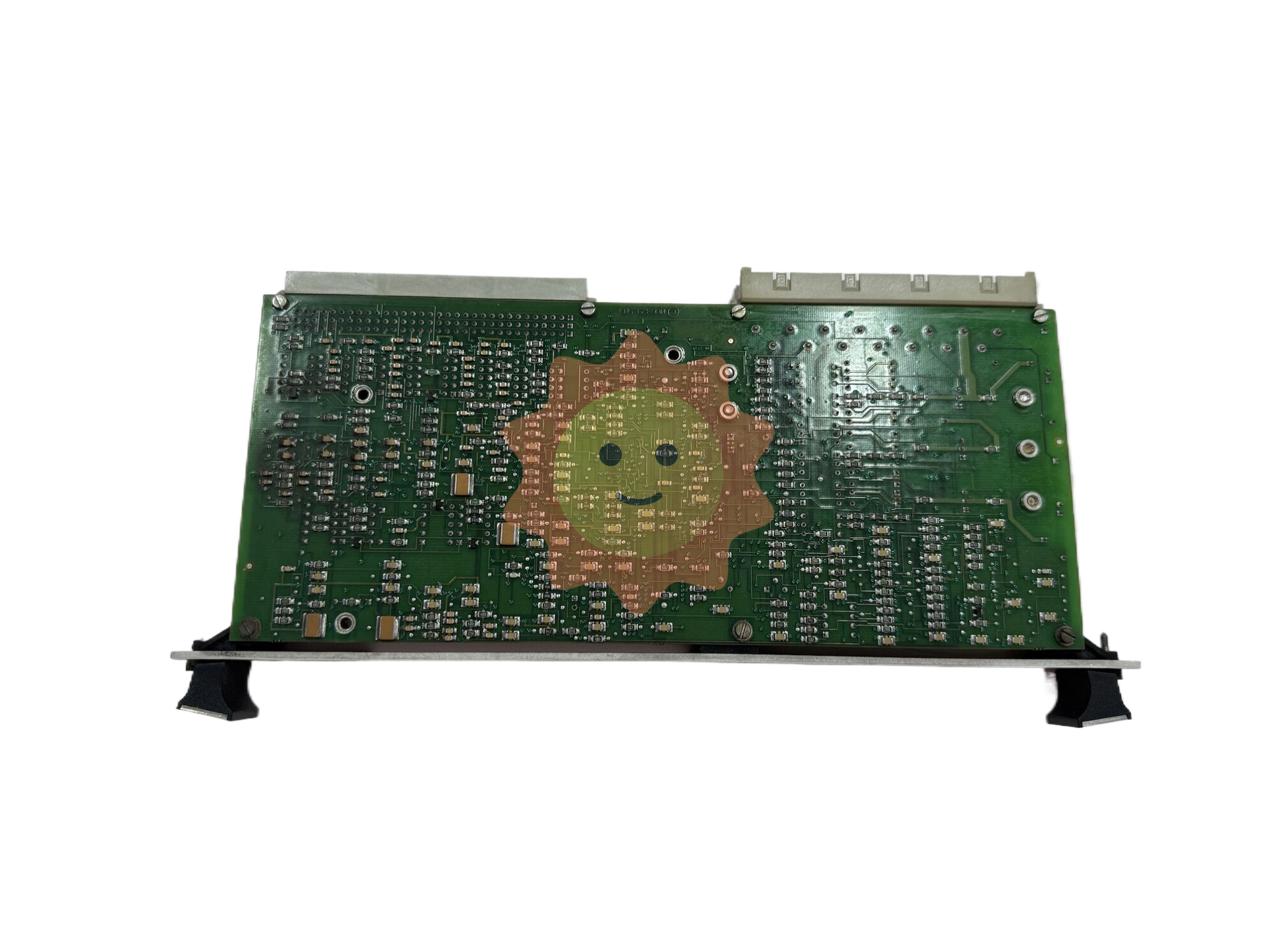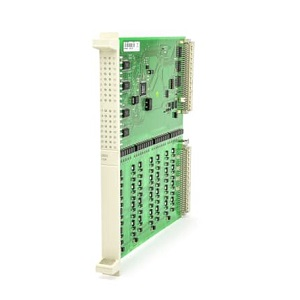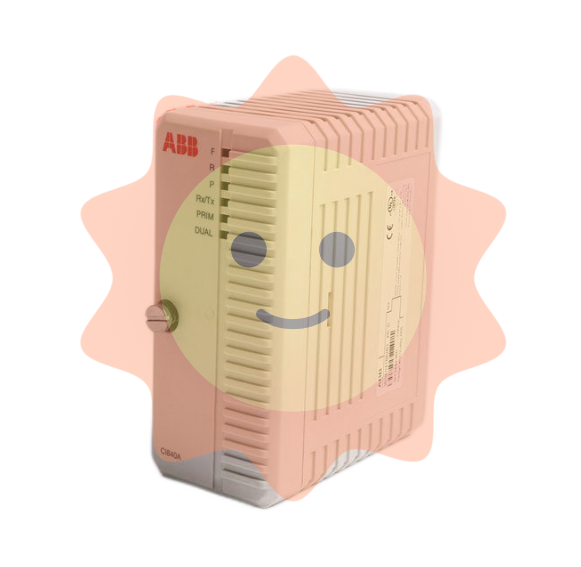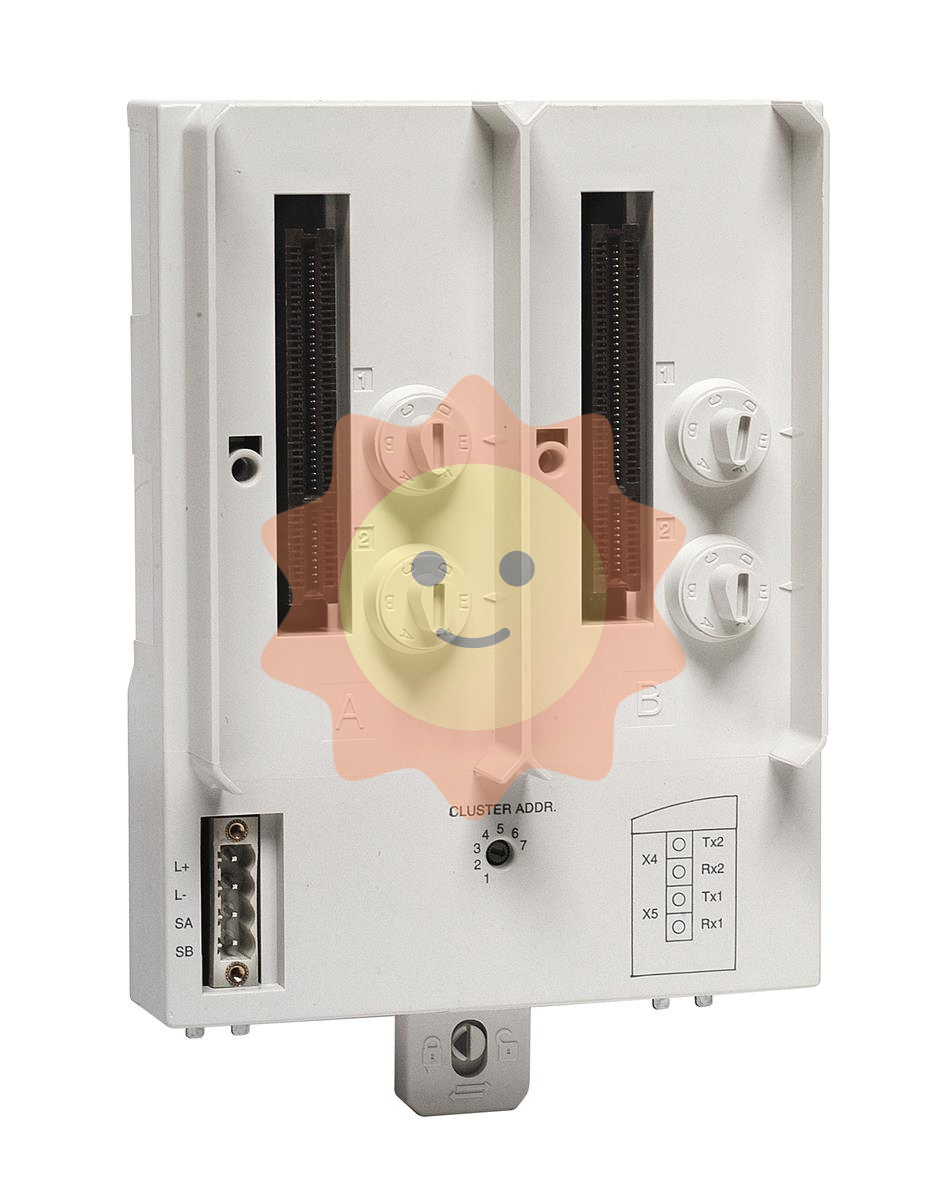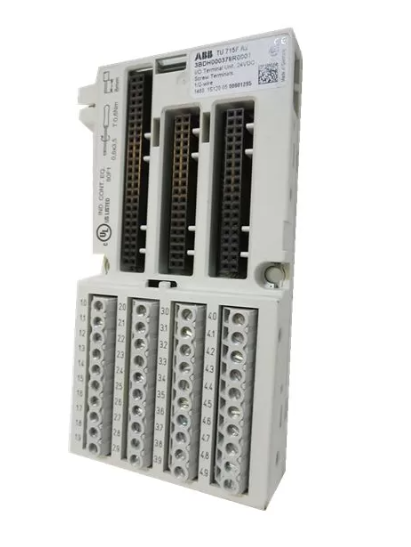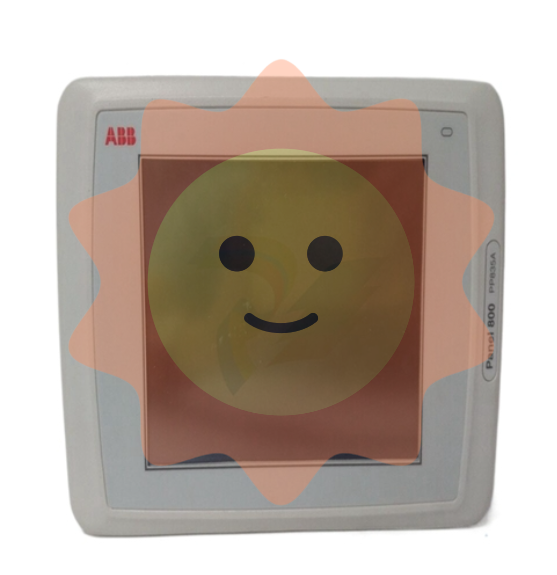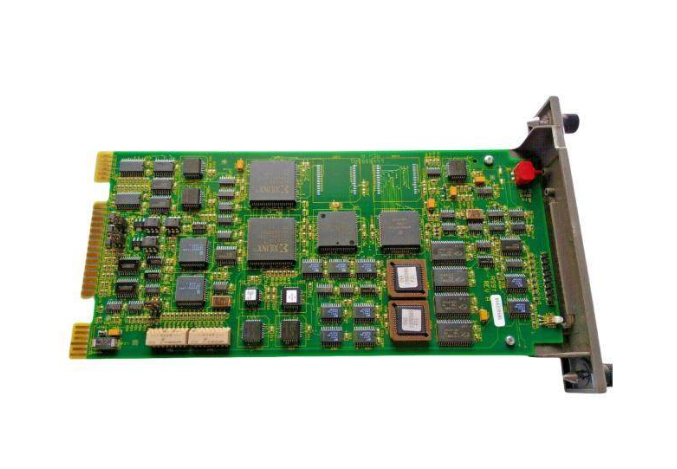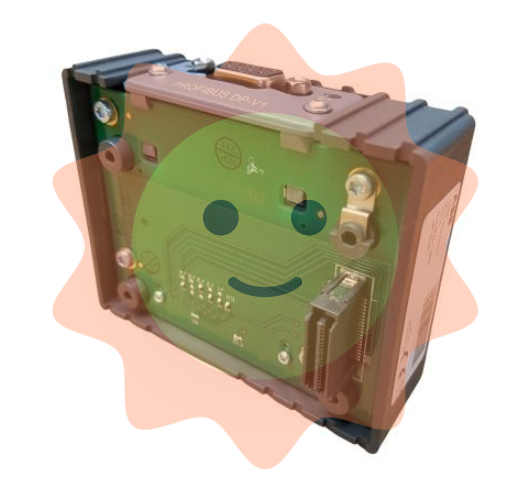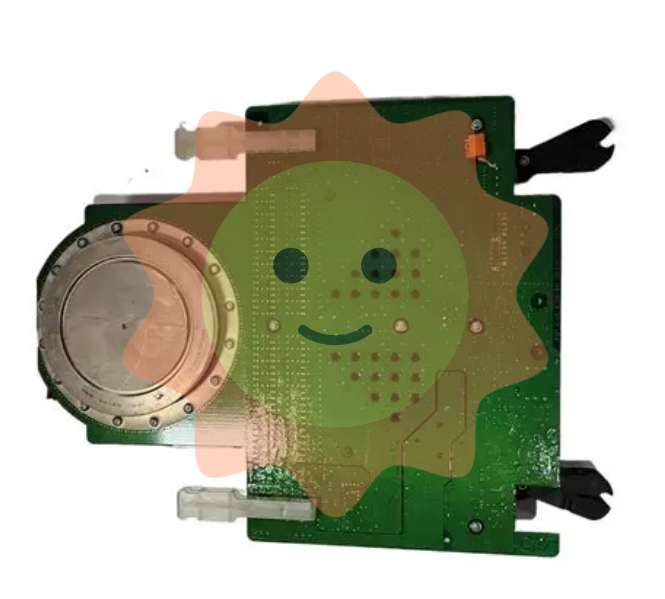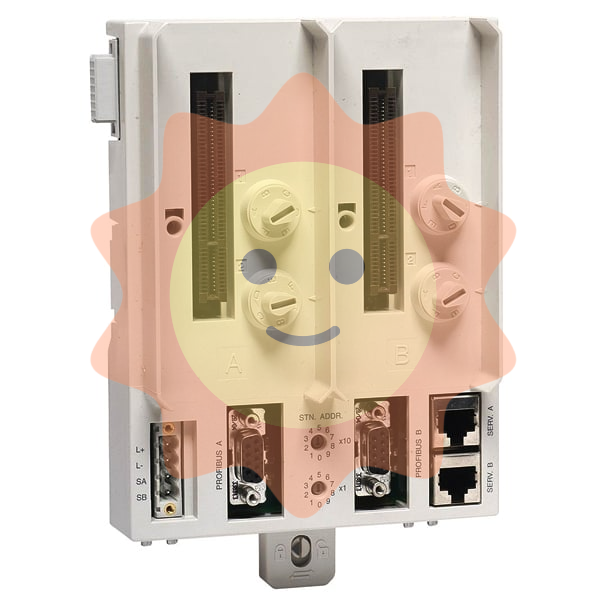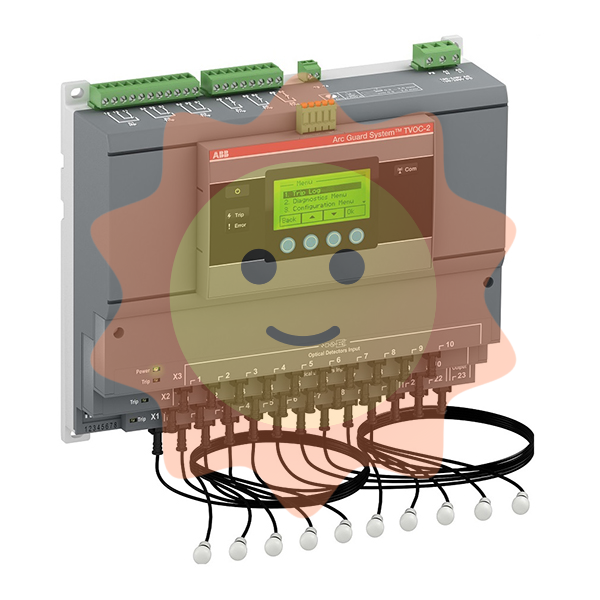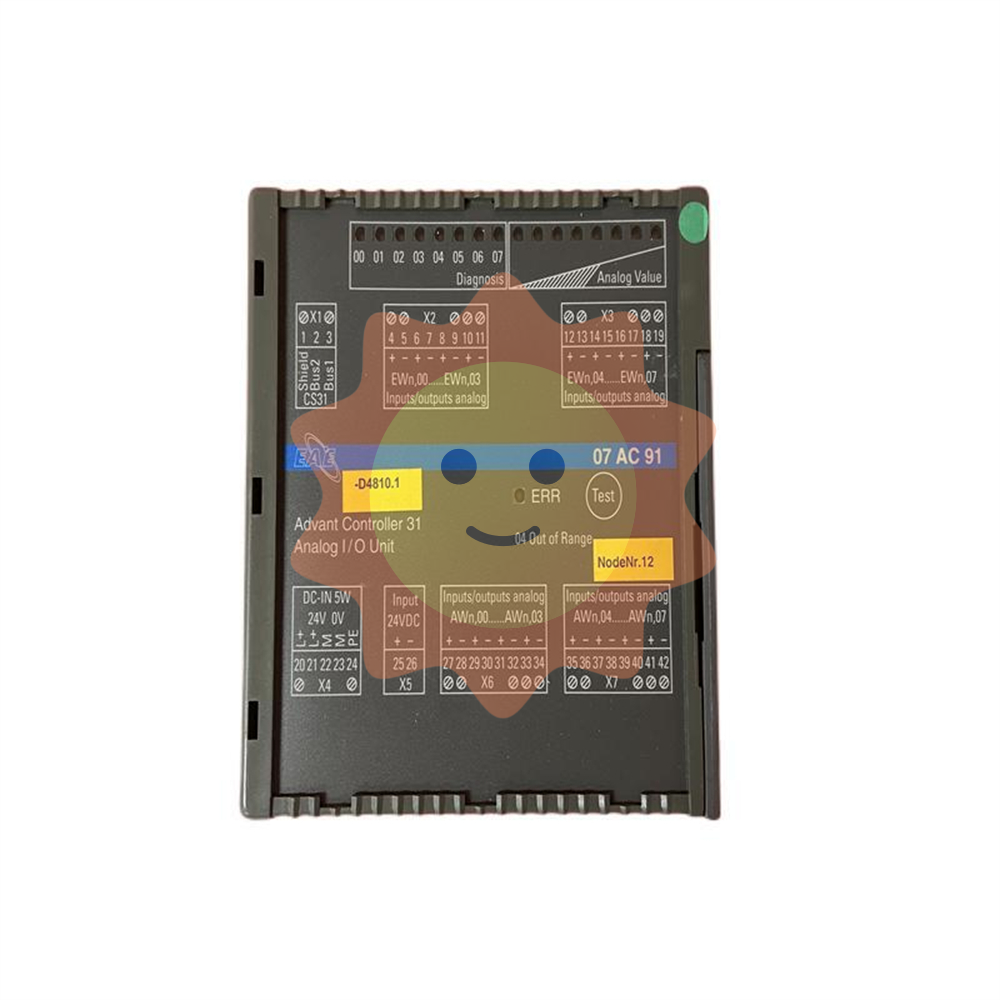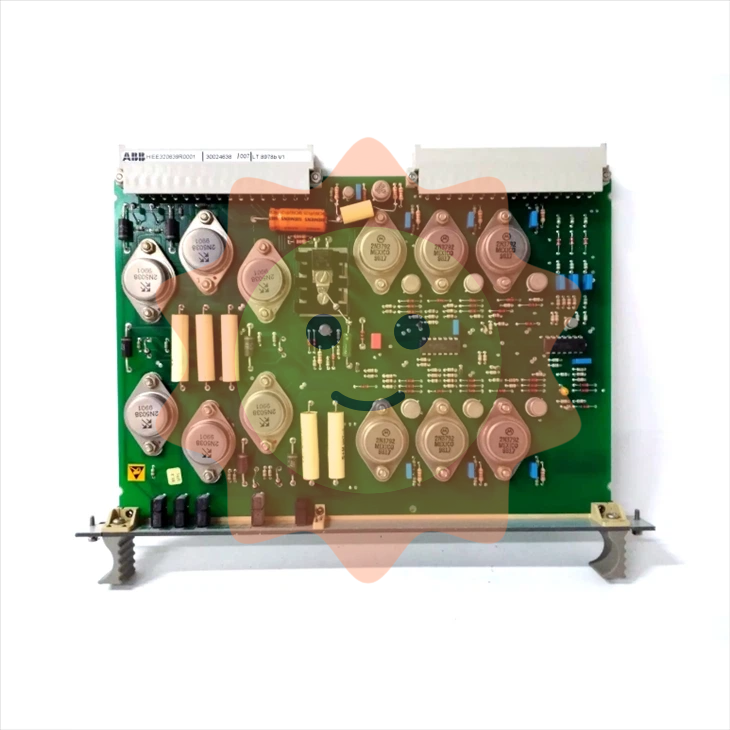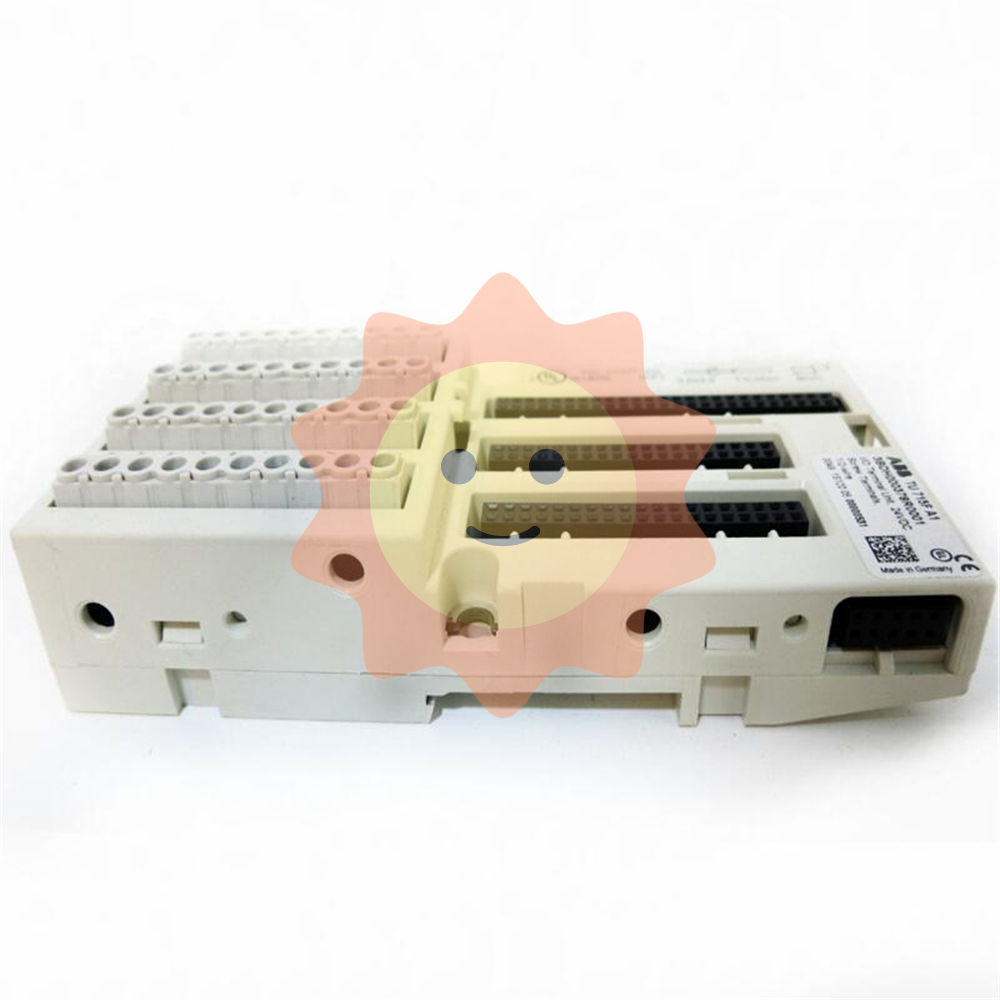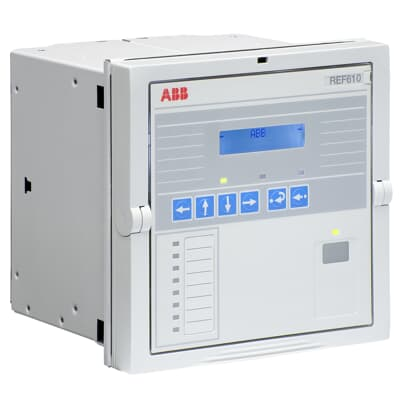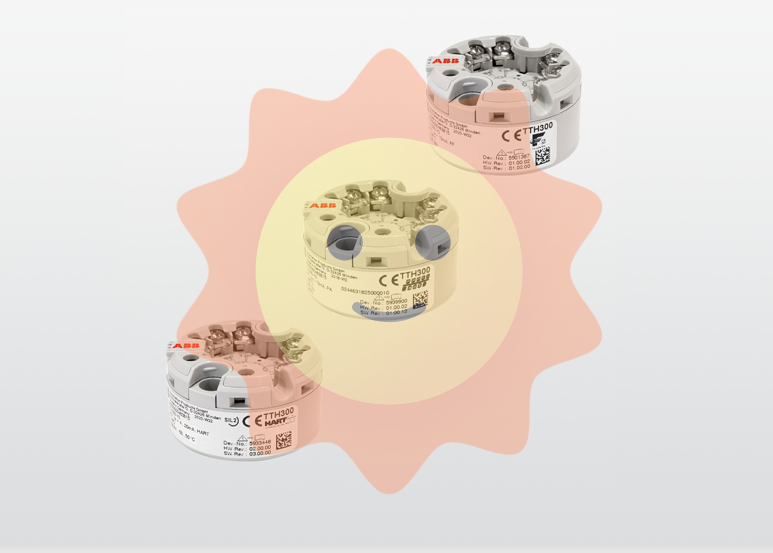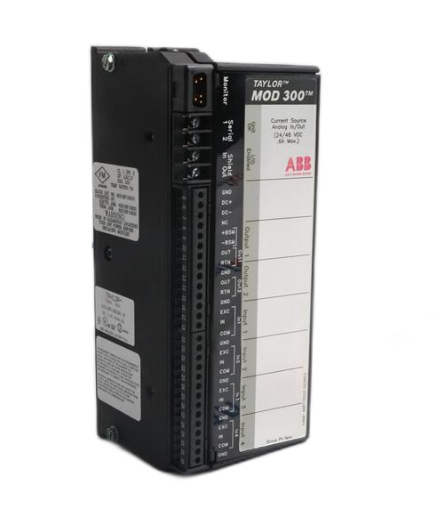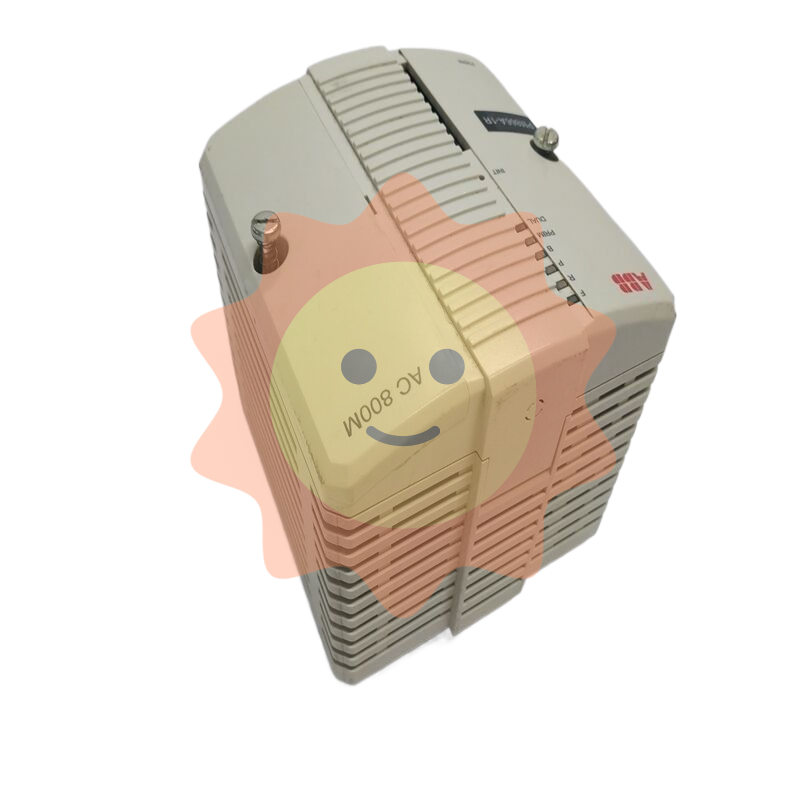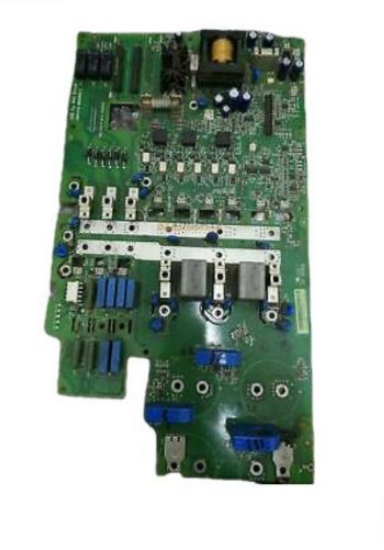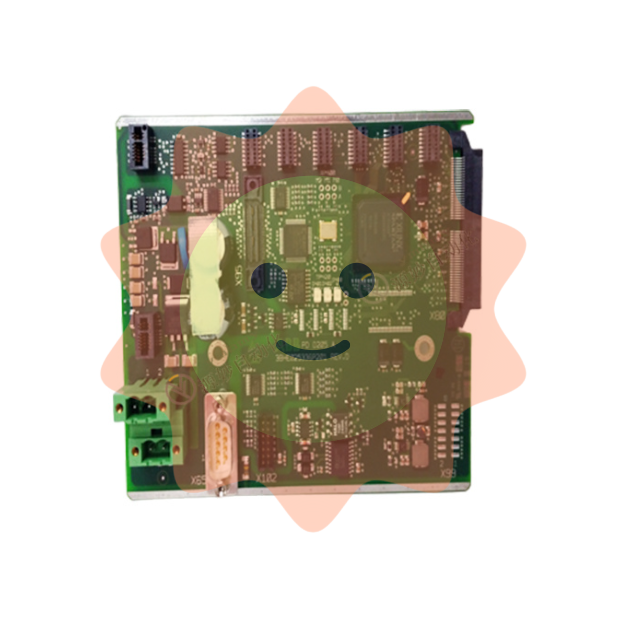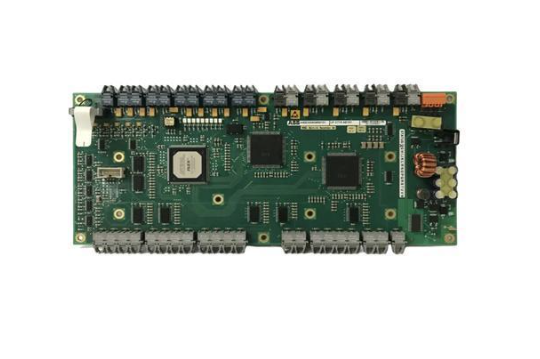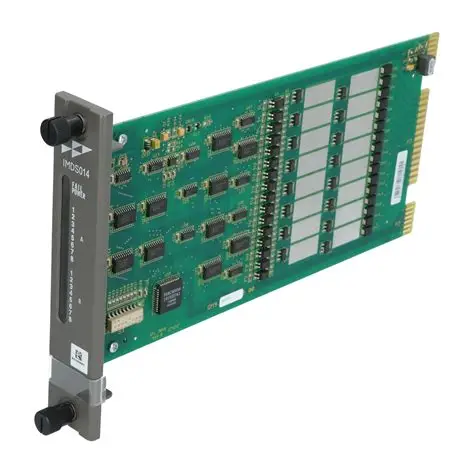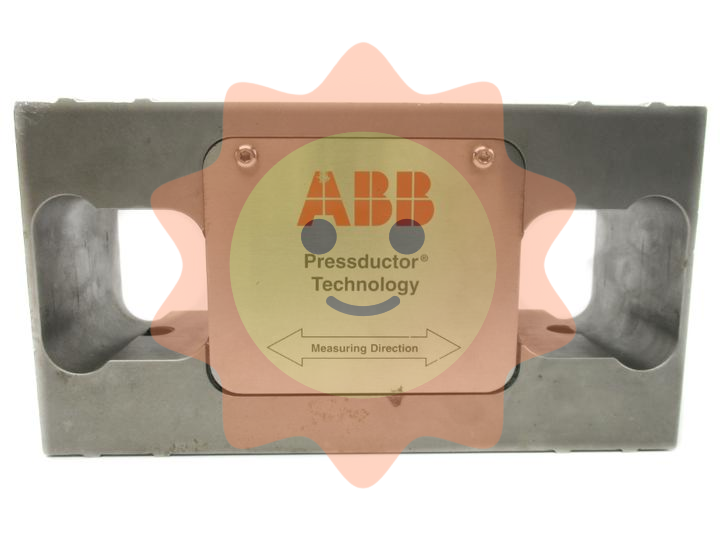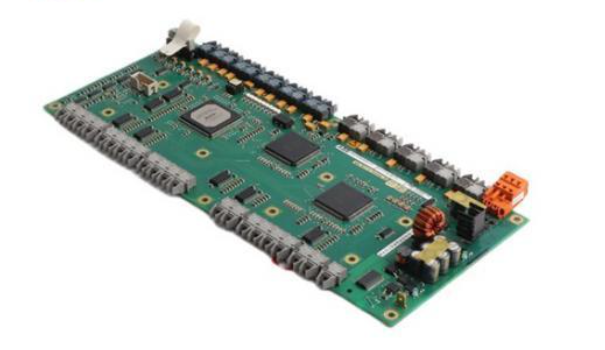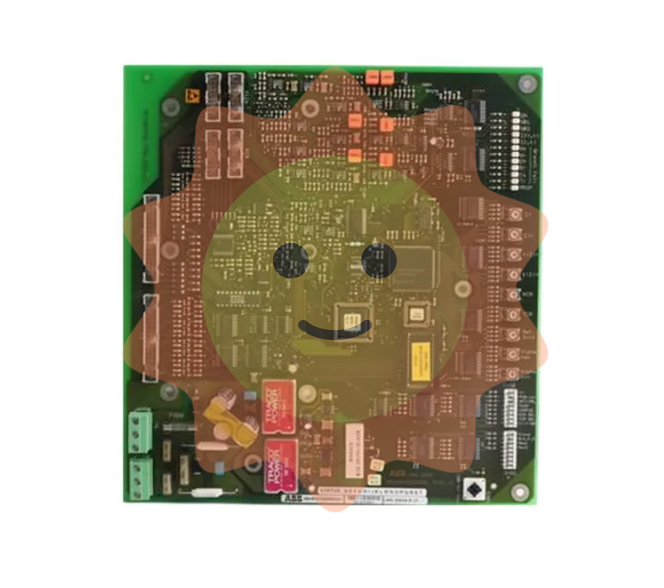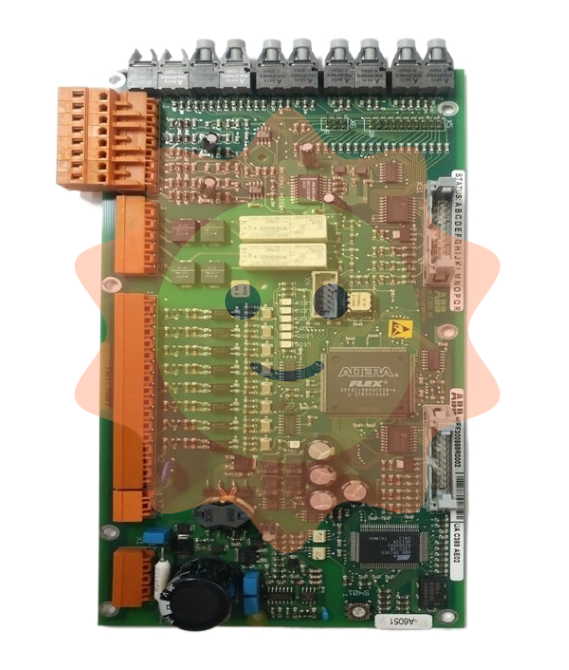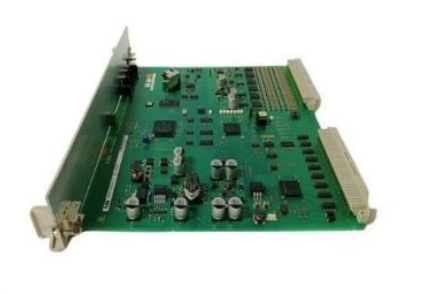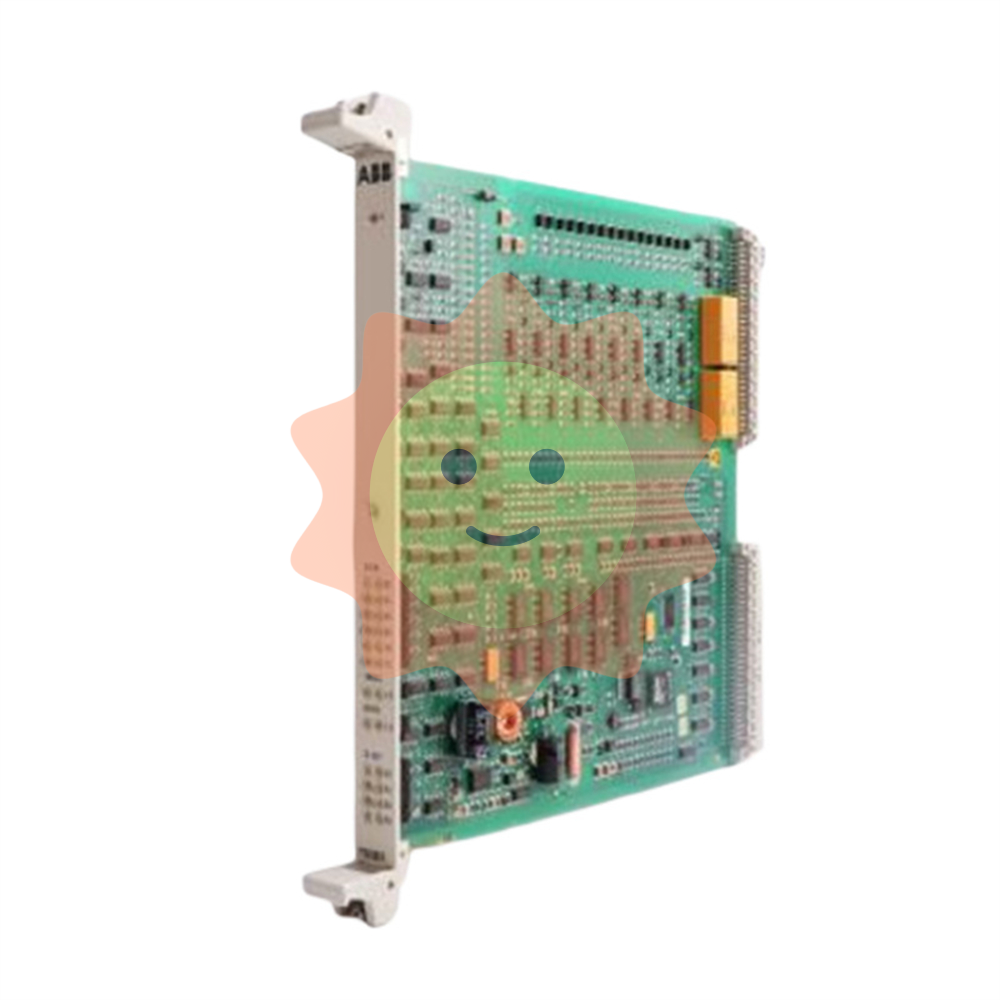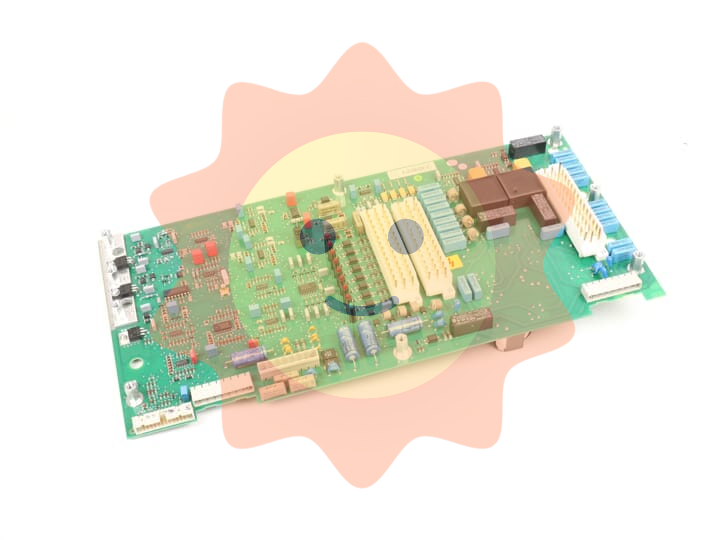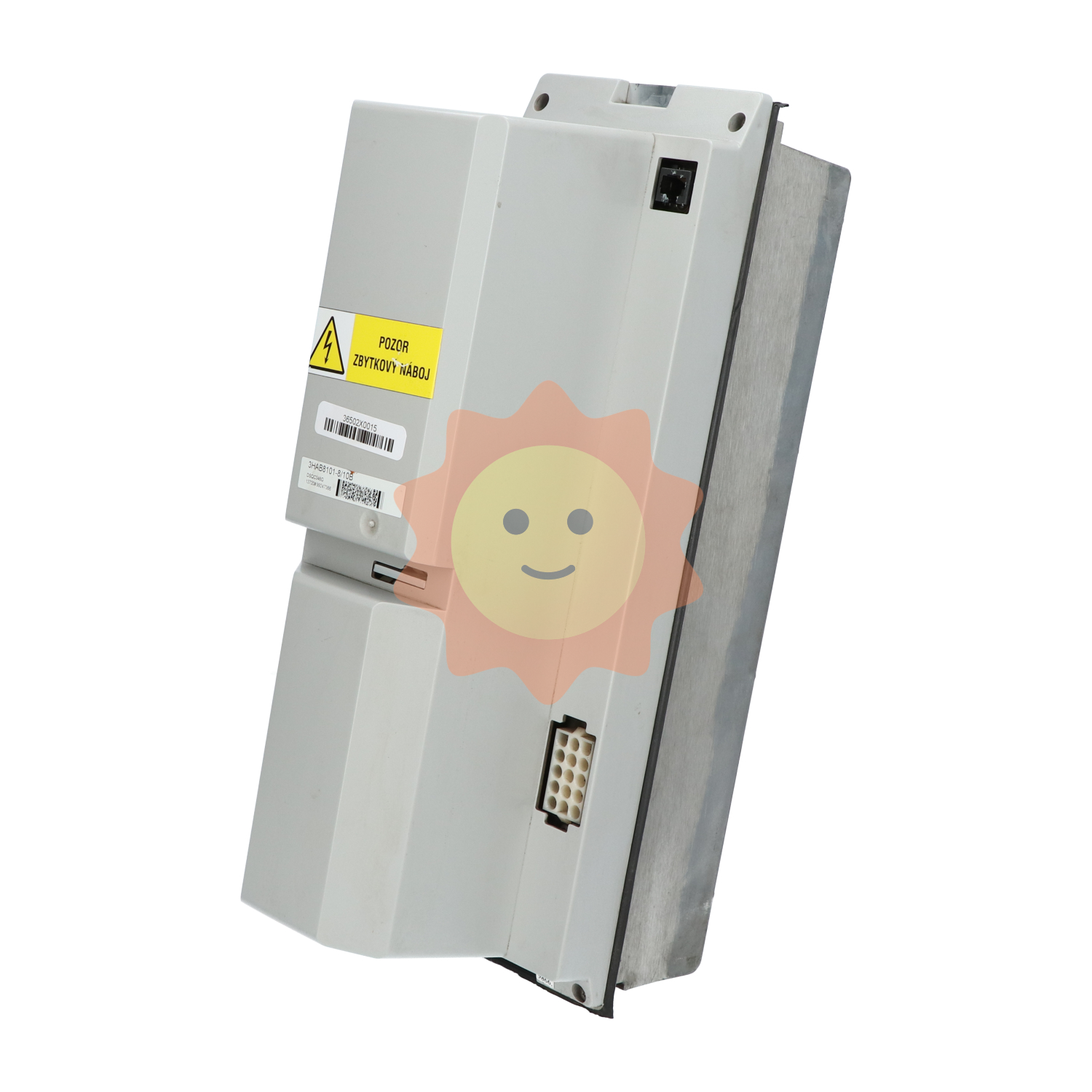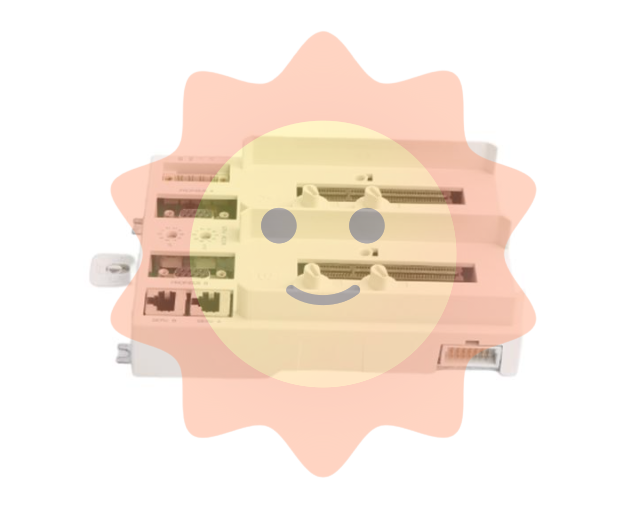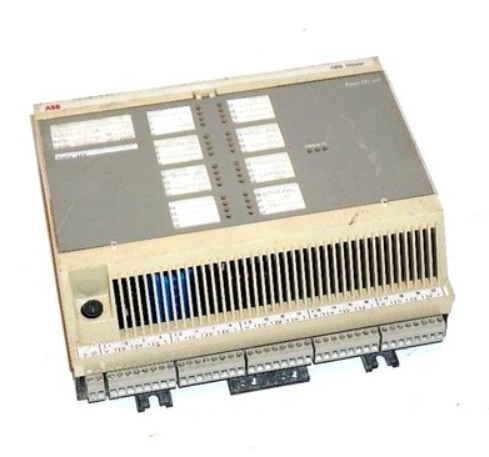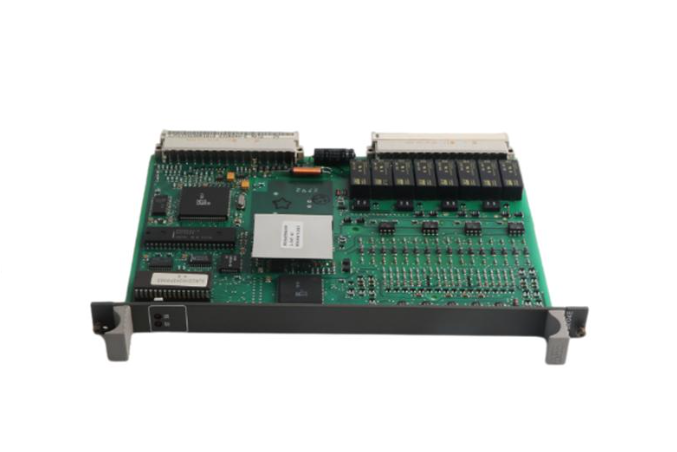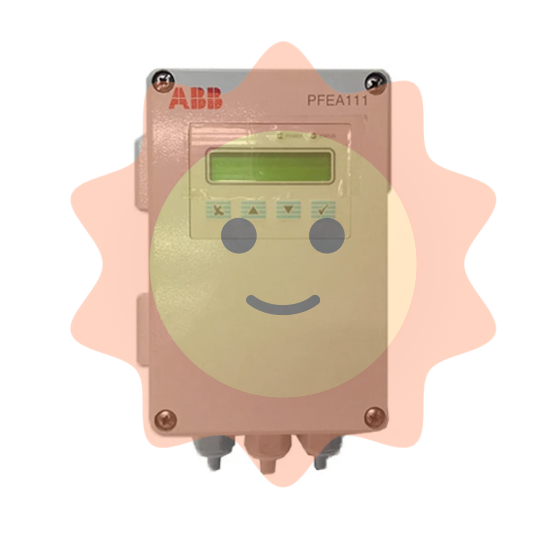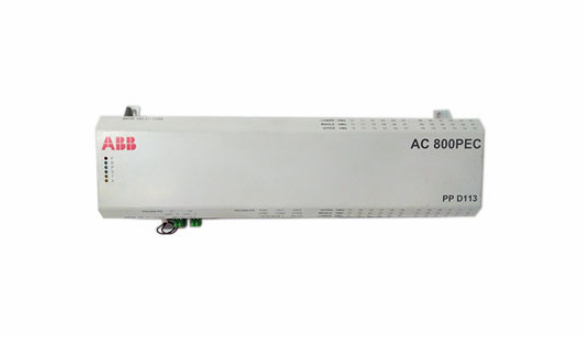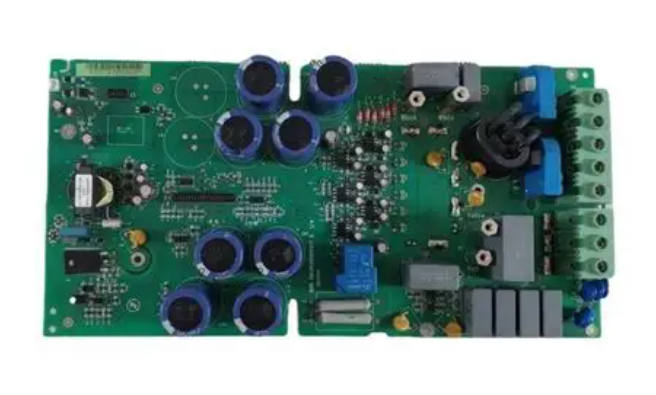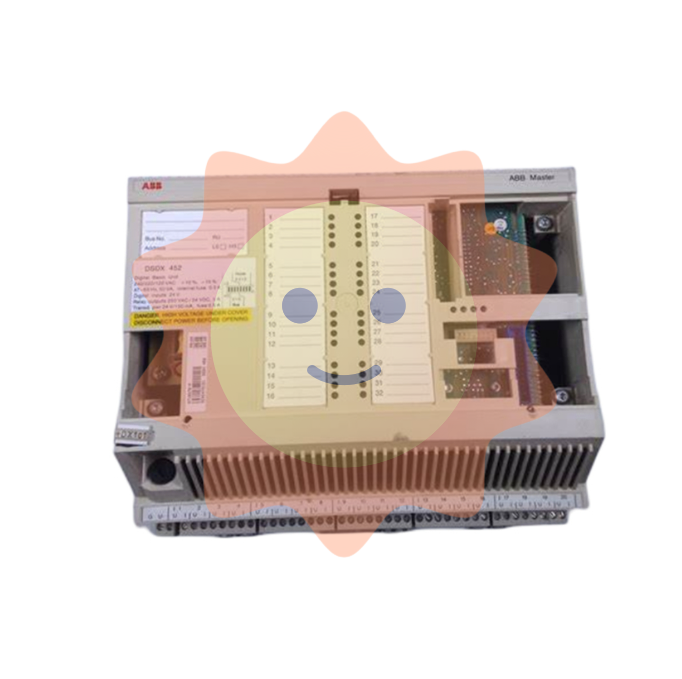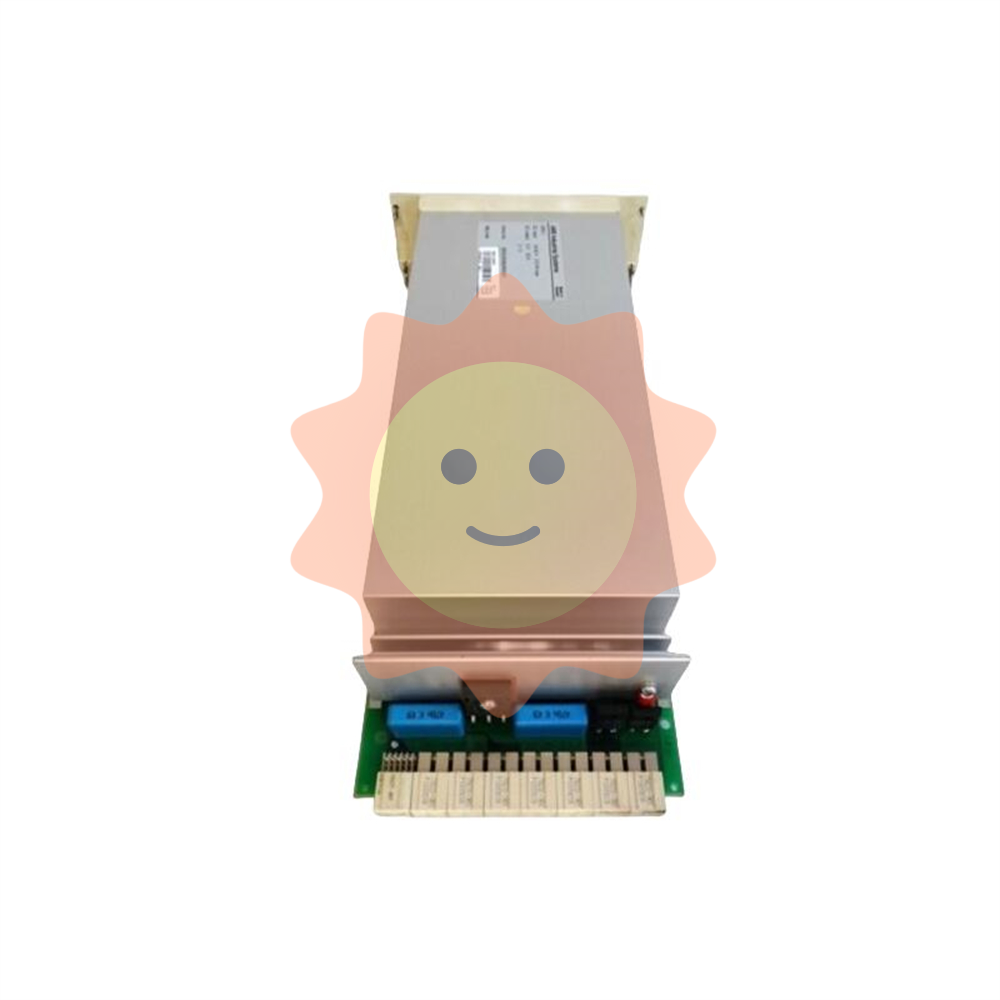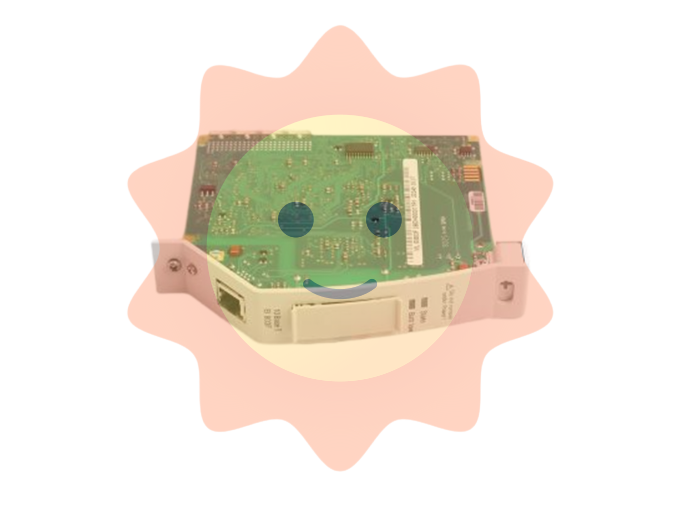A brief history of water treatment technology - Zero discharge
The first part is the origin of zero emission
The concept of zero discharge water treatment originated in the United States. The story also starts with the Colorado River, which stretches more than 2,300 kilometers across the United States and Mexico.
The Colorado River, which rises in The Rocky Mountains, has a salinity of only about 50 mg/l. In the middle of the last century, after the war, the industrial and agricultural development of the Colorado River basin was rapid, and the salinity of the downstream water continued to rise, and it was more than 1,300 mg/l when it entered Mexico. This not only caused widespread concern in the seven states along the route in the United States, but also led to strong protests from the Mexican government. In 1972, the United States Congress passed the famous Clean Water Act (Clean Water Act), which clearly stipulated that enterprises must obtain permission to discharge pollutants into natural water bodies in advance, and formally established the sewage permit system. In 1974, The United States created The Colorado River Basin Salinity Control Act.
At this time, it is the United States thermal power industry booming period. Thanks to abundant water and rising demand for electricity, many new power plants are being built along the Colorado River. But the government, worried that wastewater from these plants would further increase the salinity of the river, has lengthened the approval time, and it often takes years for companies to get permission for projects. As a result, some power plants have begun to consider and adopt wastewater treatment options aimed at eliminating effluents altogether, drastically reducing the approval time required for project permits, which can often be completed in a few months. Zero discharge water treatment came into being.
In 1974, the Navajo power plant in Arizona, the San Juan power plant in New Mexico and the Huntington power plant in Utah were put into operation. They set up an evaporation and concentration device for the end waste water, and introduce a small amount of concentrated water generated by the evaporation device into the evaporation pond, so as to achieve zero discharge. These are the first zero discharge treatment systems for industrial wastewater in the world. In 1980, the number of zero-emission power plants along the Colorado River increased to more than 10. In 2004, the number further increased to about 30. At this time, zero emission has already been widely used in other regions and industries, and the total number of industrial wastewater zero discharge devices built in the United States has reached about 120 sets.

The second part is the early development of zero emission technology
Early zero-discharge water treatment technologies were mainly based on evaporators and evaporation ponds. These two technologies have been widely used in other industries before being used for wastewater concentration. One of the typical industrial applications of evaporators is lye evaporation in the chlor-alkali industry. Students of chemical engineering should be familiar with this. Twenty years ago, my graduation internship was completed in the evaporation section of a chlor-alkali plant. In the United States, the first chlor-alkali plant was built as early as 1893, and the chlor-alkali industry has developed rapidly with the rise of petrochemical industry after 1940, and the application of large-scale evaporators has increased. These industries mainly use multi-effect evaporators.
There are three main challenges to wastewater evaporation compared to traditional evaporation applications. First, the low-solubility components in wastewater are easy to scale on the heat exchange surface during the evaporation and concentration process. Second, the chloride ions in the wastewater can easily cause corrosion to the heat exchange materials under the condition of concentration and heating. Third, because it does not directly produce any high-value products, users are generally more sensitive to energy consumption and operating costs.
To solve these problems, it is necessary to make corresponding improvements in the design and engineering of the original evaporator. And this is mainly done by some technically strong engineering companies. In the field of zero emission, especially evaporation crystallization, the three most well-known companies in the world are RCC, HPD and Aqua-Chem.
Founded in 1921 and headquartered in Illinois, HPD is known as the world's largest evaporation and crystallization company, providing more than 800 evaporation crystallization systems worldwide. In 1998, HPD was acquired by Veolia.
Founded in 1931 and headquartered in Wisconsin, Aqua-Chem is one of the pioneers of thermal desalination systems. In 2000, Aqua-Chem's Industrial Concentration and Desalination (ICD) division was acquired by Aquatech, which included the zero emission business.
Founded around 1970 and headquartered in Washington State, RCC was one of the first technology companies to push for zero emissions. It is no exaggeration to say that RCC was born for zero emissions. In 1993, RCC was acquired by Ionics. In 2005, Ionics was acquired by GE. In 2017, GE's water treatment business was acquired by Suez.
- EMERSON
- Honeywell
- CTI
- Rolls-Royce
- General Electric
- Woodward
- Yaskawa
- xYCOM
- Motorola
- Siemens
- Rockwell
- ABB
- B&R
- HIMA
- Construction site
- electricity
- Automobile market
- PLC
- DCS
- Motor drivers
- VSD
- Implications
- cement
- CO2
- CEM
- methane
- Artificial intelligence
- Titanic
- Solar energy
- Hydrogen fuel cell
- Hydrogen and fuel cells
- Hydrogen and oxygen fuel cells
- tyre
- Chemical fiber
- dynamo
- corpuscle
- Pulp and paper
- printing
- fossil
- FANUC
- Food and beverage
- Life science
- Sewage treatment
- Personal care
- electricity
- boats
- infrastructure
- Automobile industry
- metallurgy
- Nuclear power generation
- Geothermal power generation
- Water and wastewater
- Infrastructure construction
- Mine hazard
- steel
- papermaking
- Natural gas industry
- Infrastructure construction
- Power and energy
- Rubber and plastic
- Renewable energy
- pharmacy
- mining
- Plastic industry
- Schneider
- Kongsberg
- NI
- Wind energy
- International petroleum
- International new energy network
- gas
- WATLOW
- ProSoft
- SEW
- wind
- ADVANCED
- Reliance
- YOKOGAWA
- TRICONEX
- FOXBORO
- METSO
- MAN
- Advantest
- ADVANCED
- ALSTOM
- Control Wave
- AB
- AMAT
- STUDER
- KONGSBERG
- MOTOROLA
- DANAHER MOTION
- Bently
- Galil
- EATON
- MOLEX
- Triconex
- DEIF
- B&W
- ZYGO
- Aerotech
- DANFOSS
- KOLLMORGEN
- Beijer
- Endress+Hauser
- MOOG
- KB
- Moxa
- Rexroth


Email:wang@kongjiangauto.com

